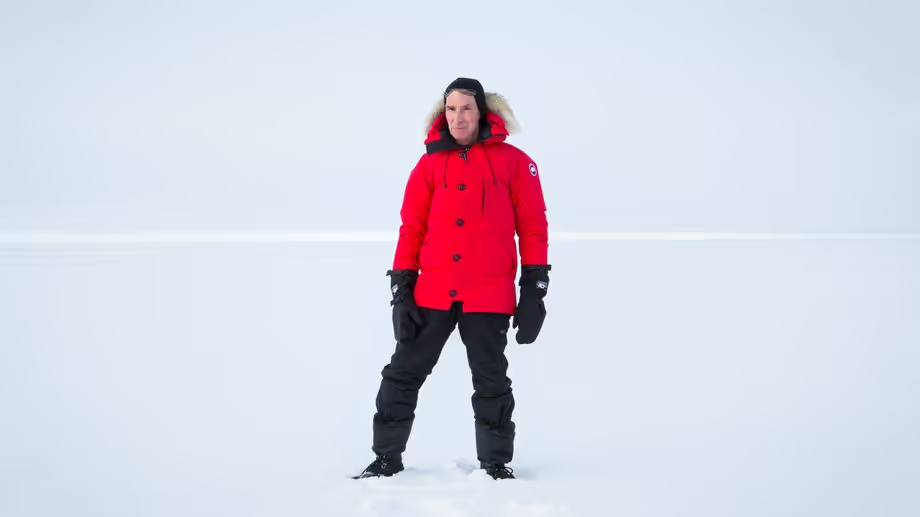
Step 1: Get Excited About Science!
Begin class by having students complete these sentence stems and share as a large class.
• Science is . . .
• We explore space because . . .
Watch Clip 1 and discuss what they noticed and what they liked. Debrief with these questions:
• When Bill Nye says he "wants to get young people excited about science," what do you think he means?
• What does it mean to our nation to have young people passionate and excited about science?
Have students watch Clip 2. In pairs, have students interview one another with the following questions:
• Why does space exploration matter?
• What is the most important question you imagine a solar sail spacecraft could answer?
• Why do you think Bill Nye and the Planetary Society are so excited about light sail technology?
Have student pairs share out for a few minutes in the large group.
Step 2: What is Solar Sail Technology? What Do We Know About It?
Have students watch Clip 3, then split the class into small groups no larger than four to read the assigned blog post (below) from the Planetary Society's website about its light sail program.
Assign each group one of the following questions:
1. In theory, how do light sails work? (Related post)
- Where did the idea of solar sails come from? (Related post)
- What are the components of the Planetary Society's CubeSat LightSail? (Related post)
- What are the advantages of solar sail exploration over other space exploration technologies? (Related post)
- How would nano-lightsails work to travel into deep space? (Related post)
- Planetary Society's LightSail2 will be launched on a SpaceX Falcon Heavy rocket. What is so exciting about the SpaceX Falcon Heavy rocket that launched on February 8, 2018? (Related post)
After reading and discussing the post and question, have each group prepare to teach the rest of the class creatively about its assigned topic in a way that is as exciting and engaging as Bill Nye's show. Suggest using arts and crafts and/or other found building materials for a hands-on experience. Students will have the opportunity to continue their research and plan their lesson in groups as homework.
Step 3: What Can We Expect to Discover?
Watch Clip 4 as a group, paying special attention to this quote from Bill Nye:
"The reason we have these rockets on the horizon is to know our place in the cosmos. ... 39 years after Carl Sagan showed this thing on The Tonight Show we're going to launch a solar sail as part of his legacy. It gives me great pause. It's my responsibility." - Bill Nye
Discuss the following questions together:
• Why is it important to "know our place in the cosmos"?
• Why do you think Bill Nye feels launching the light sail is a responsibility?
• Who benefits from scientific exploration, and in what way?
• What do you think is the best way to get young people excited about science?
HOMEWORK
Students should finish preparing their demonstrations together in groups outside of class, and present to one another for no more than 10 minutes.
For middle school: Ask students to teach the lesson they create to the rest of the class.
For high school: After providing the lesson they planned, ask high school students to explain why they designed their lesson the way they did, both spelling out what information they wanted to teach, and in what ways they hoped their lesson would be engaging. An alternative "Pitch Slam" for high schools described in the Extension section.

